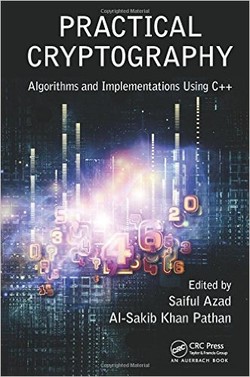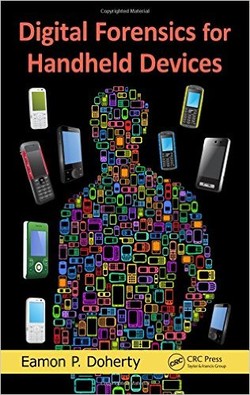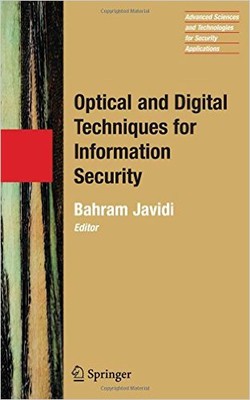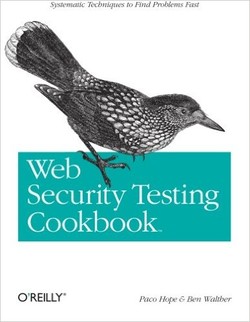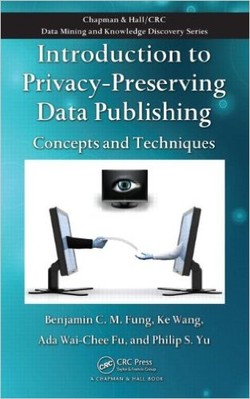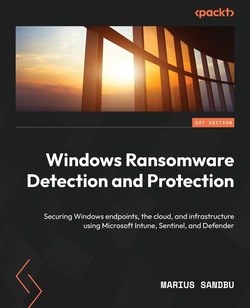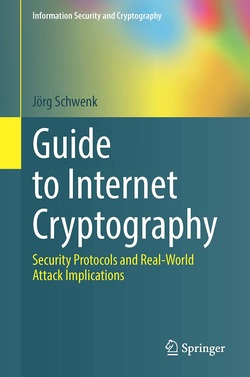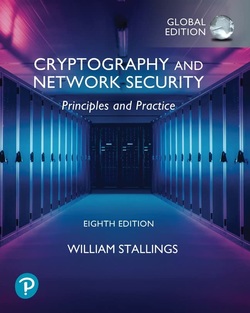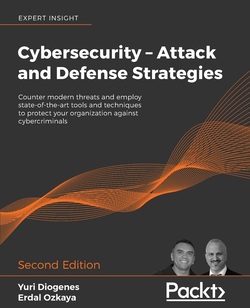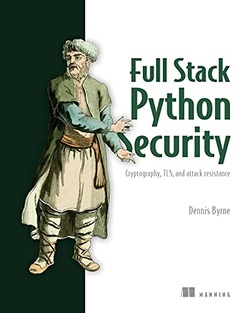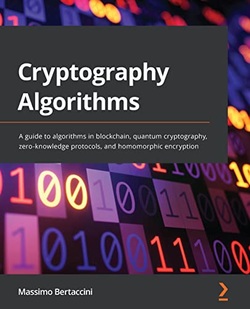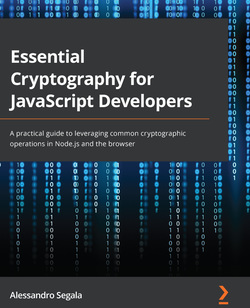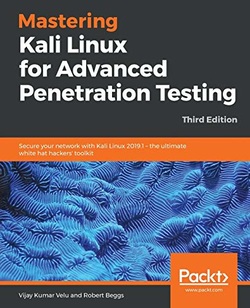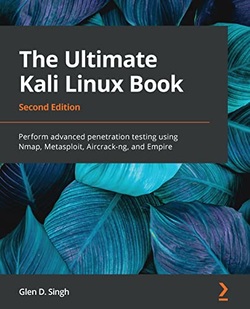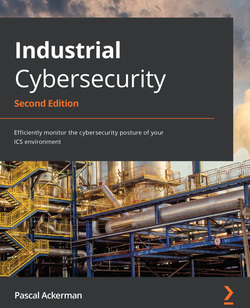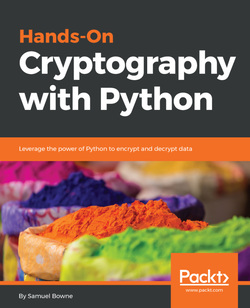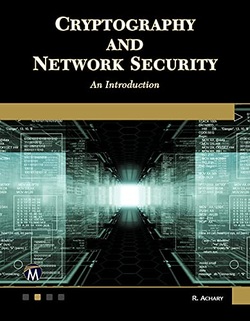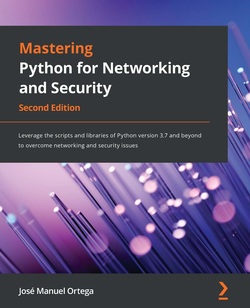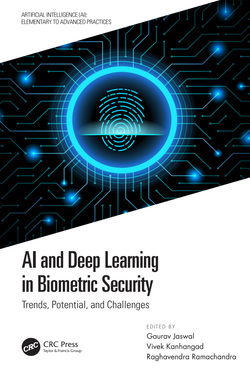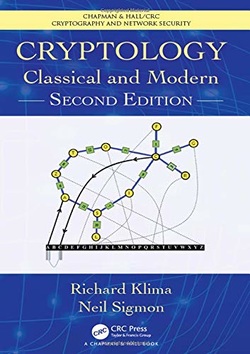ایمن سازی ویدئو دیجیتالی؛ تکنیکهای DRM و حفاظت از محتوا
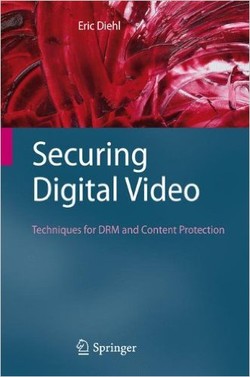
حفاظت از محتوا و مدیریت حقوق دیجیتالی (DRM) رشتهایست که توجه زیادی را دریافت کرده است؛ صاحبان محتوا نیاز به سیستمهایی دارند که از منافع آنها محافظت کند و آن را به حداکثر برساند، مصرفکنندگان سازگاری میخواهند و درعینحال از جاسوسی صاحبان محتوا در عادتهای مشاهده آنها میترسند و دانشگاهیان نگران هستند که DRM ممکن است مانع به اشتراکگذاری دانش شود.
تکنولوژی DRM شهرت ضعیفی دارد و هنوز قابل اعتماد نیست. کتاب “ایمنسازی ویدئو دیجیتالی” جنبههای کلیدی حفاظت از محتوا و سیستمهای DRM را توصیف میکند. هدف کتاب درک آسان تکنیکها و فناوری موجود در این زمینه میباشد. این کتاب، یک منبع ارزشمند برای پژوهشگران صنعتی و مهندسان توسعهدهنده فناوریهای مرتبط، دانشگاهیان و دانشجویان در رشتههایی مانند امنیت اطلاعات، رمزنگاری و سیستمهای رسانهای، و همچنین مصرفکنندگان درگیر بهشمار خواهد آمد.
تکنولوژی DRM شهرت ضعیفی دارد و هنوز قابل اعتماد نیست. کتاب “ایمنسازی ویدئو دیجیتالی” جنبههای کلیدی حفاظت از محتوا و سیستمهای DRM را توصیف میکند. هدف کتاب درک آسان تکنیکها و فناوری موجود در این زمینه میباشد. این کتاب، یک منبع ارزشمند برای پژوهشگران صنعتی و مهندسان توسعهدهنده فناوریهای مرتبط، دانشگاهیان و دانشجویان در رشتههایی مانند امنیت اطلاعات، رمزنگاری و سیستمهای رسانهای، و همچنین مصرفکنندگان درگیر بهشمار خواهد آمد.
سال انتشار: 2012 | 274 صفحه | حجم فایل: 6 مگابایت | زبان: انگلیسی
Securing Digital Video: Techniques for DRM and Content Protection
نویسنده
Eric Diehl
ناشر
Springer
ISBN10:
3642173446
ISBN13:
9783642173448
قیمت: 16000 تومان
برچسبها:
Content protection and digital rights management (DRM) are fields that receive a lot of attention: content owners require systems that protect and maximize their revenues; consumers want backwards compatibility, while they fear that content owners will spy on their viewing habits; and academics are afraid that DRM may be a barrier to knowledge sharing. DRM technologies have a poor reputation and are not yet trusted.
This book describes the key aspects of content protection and DRM systems, the objective being to demystify the technology and techniques. In the first part of the book, the author builds the foundations, with sections that cover the rationale for protecting digital video content; video piracy; current toolboxes that employ cryptography, watermarking, tamper resistance, and rights expression languages; different ways to model video content protection; and DRM. In the second part, he describes the main existing deployed solutions, including video ecosystems; how video is protected in broadcasting; descriptions of DRM systems, such as Microsoft's DRM and Apple’s FairPlay; techniques for protecting prerecorded content distributed using DVDs or Blu-ray; and future methods used to protect content within the home network. The final part of the book looks towards future research topics, and the key problem of interoperability.
While the book focuses on protecting video content, the DRM principles and technologies described are also used to protect many other types of content, such as ebooks, documents and games. The book will be of value to industrial researchers and engineers developing related technologies, academics and students in information security, cryptography and media systems, and engaged consumers.
